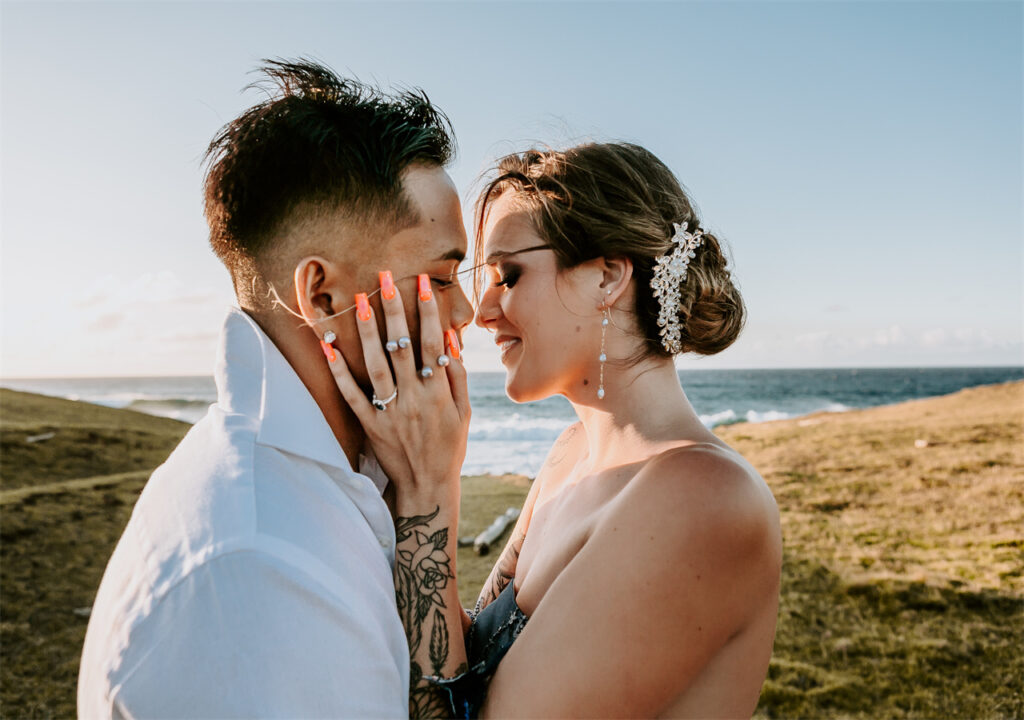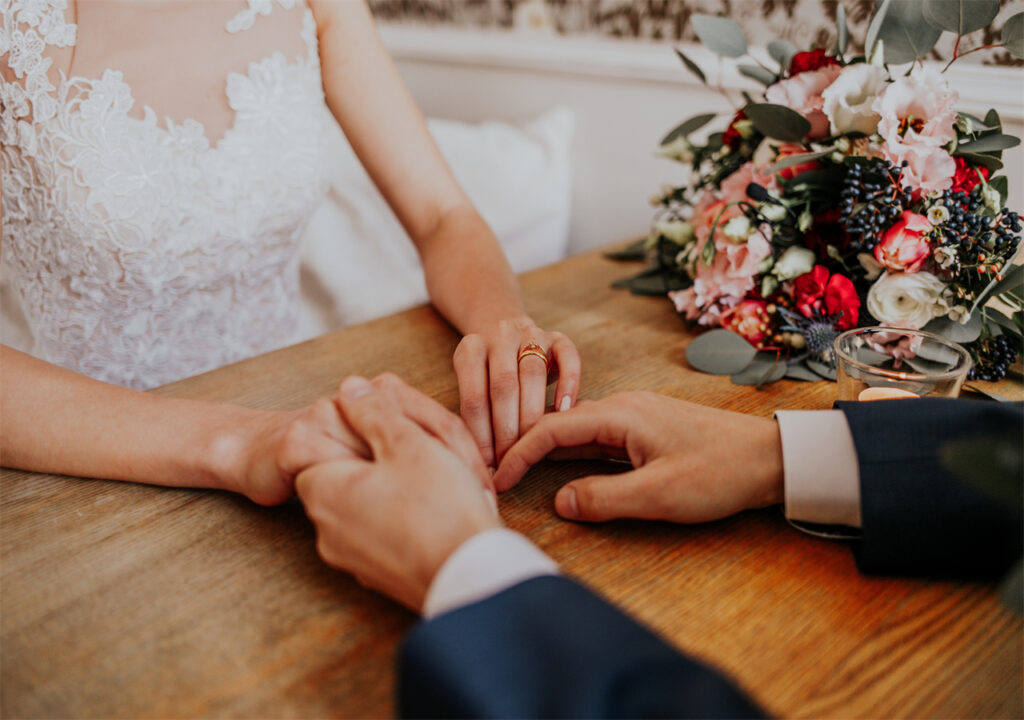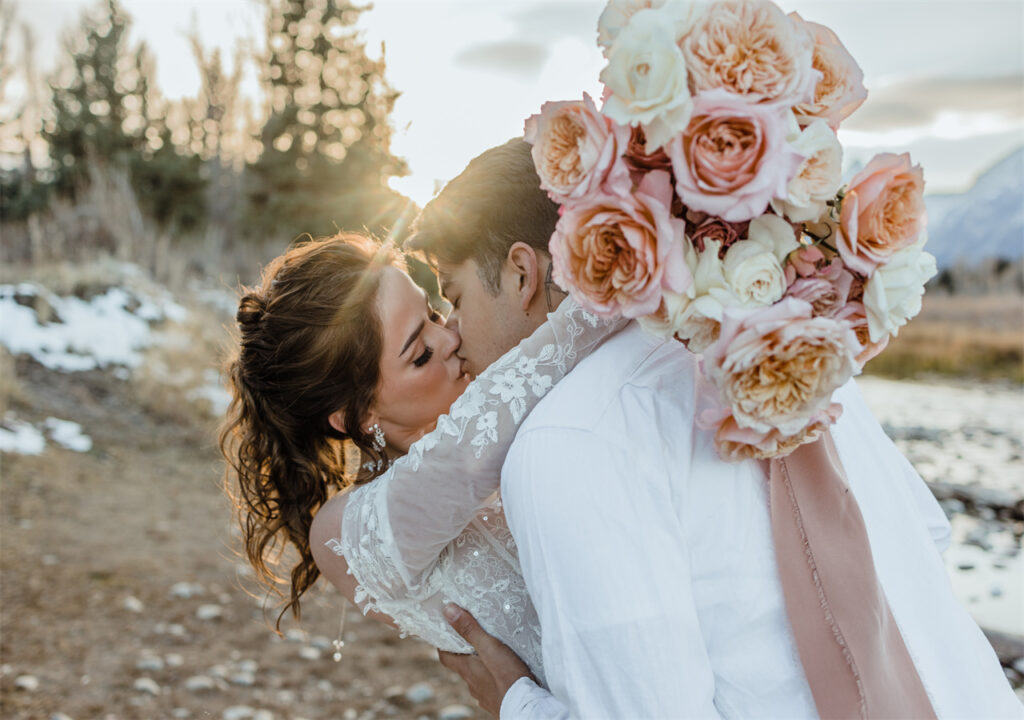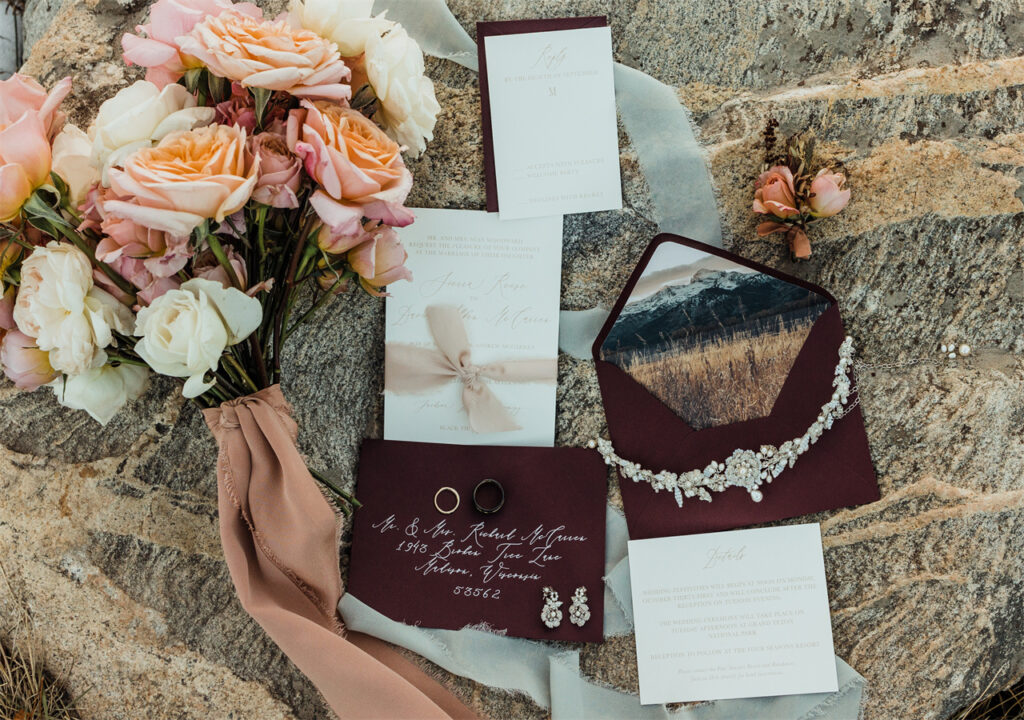Let’s be honest, planning a wedding will get your hair developing split ends. It is especially so if you are not outsourcing its management –wedding planner. Even when outsourcing, for matters such as choosing the perfect wedding date, your input is a requirement, after all, you are the one saying “I do”.
The News? If dates can be one thing, it’s unpredictable.
The Better News? You can make good general forecasts of when it’s the most desirable time to say yes to love.
But that’s not all there is. While predicting the weather can give you something to work with, the best dates depend on much more. Here’s all you need to know and 5 steps to choosing the perfect day to say I do.

Why is it Important to Pick a Great Wedding Date?
Easy! Setting the wedding date is one of the first steps in planning a wedding. It is a leap that contributes greatly to the overall pace and tone of your big day.
Have you attended a wedding where something is askew with the chosen day to say yes, and it becomes a major takeaway from the wedding? It dulls the shine and unfortunately, when things go awry, it’s not just the wedding couple that gets affected. The family, friends, and invitees who had taken time off their schedules to celebrate you feel it too. Also, the timing of the wedding may affect the choice of wedding dress style, bridesmaid dresses’ color palette and more.
To emphasize its importance, in many cultures, divination are done to pick auspicious months and dates. After all, a good first day in your hopefully long married life can greatly improve its overall success. But unless overly superstitious, every day is a great day to say “I Do”.
Thus, picking the best of these days for you does not have to be a mighty hurdle. Just a few considerations can make it an exciting and fun thing to do as a couple.
Step 1: Create Your Wedding Budget
Have a special place or destination you must use for your big day? Well, busy seasons will have you fighting tooth and nail for it. This can end in two ways. You get it, but at a higher pricing and dictated dates, or you don’t, and you have to settle for another.
There is a term for this. It’s ‘peak wedding season’ and except you are working with a freer pocket, this season may not be in your favor. These are usually the end of summer, spring and fall. At this time, there is a general increase in anything related.
A simple guide?
The reported most expensive months are June, September, and October with the most expensive days falling on celebratory windows like Thanksgiving, New Year’s Valentine’s, etc.
The cheaper months are January, March, and November, with the least expensive days being all mid-week devoid of celebrations; Monday through Thursday.

Step 2: Map out Your Wedding Plan
Plan, in this context, refers to the nitty-gritty of the wedding plan that affects the wedding date and likewise can also be affected by it. Deciding on your wedding venue, for example, is a good start. Yours or someone’s backyard, a wedding hall, a hotel, or an event center all work differently.
If you don’t have a concrete place in mind, a general idea suffices. Depending on your choice, confirm and draft out a list of dates when they will be favorably available to you.
Who are you inviting? Are you all for just the two of you, or it’s a close family affair? Are your close friends going to get an invitation, or maybe the entire neighborhood and a few more? Depending on the size of your preferred wedding, you have to factor in the timing from the present.
For small weddings, between you or your close buddies, having it earlier in the year would be of little to no bother to the parties involved. However, if your motto is going big or go home, factor in the time for info dissemination and preparation of your VIP guests from far and near.
The preferred catering, decor, and even the wedding dresses are logistics to consider. Are you getting it custom-made, buying, or renting one?
Step 3: Decide on a Wedding Theme
The theme of your wedding can help you choose a day to say I do. It helps you decide the decor, venue, style, etc. If you want a wedding with a garden party, spring months when your favorite flowers are in full bloom will be a top choice.
On the flip side, a wedding with the theme of rust ambiance might cost a lot to tie up if you choose a snowy month. Rather, fall season, natural and earthy backdrop, rust bridesmaid dresses, and brown, oranges, and yellow tones, are terms that work together easily.
Step 4: Choose your Favorite Season
The most popular dates are spring, into fall, and the transitioning month into winter. These are May, through October and the transition month of November. They promise warm temperatures and some sun, which works with the current trend of outdoor weddings.
Still, to pick a date, choosing one within your favorite season is best.
Thinking of spring, you picture a beautiful bride flanked by her ladies in floral bridesmaid dresses in a stunning garden backdrop. It’s a season of blossoming love and features the onset of bright budding flowers, mild breezes, and outdoor weddings.
Summer promises warmth, rain, and sunshine, a popular month for indoor events.
Fall is another outdoor wedding contender, featuring mild temperatures, ambiance for large crowds, and great scenery with natural hues of orange, gold, brown, and yellows.
Winter is a slippery season but works well for the romantic at heart who would love it cozy and snugly as they lovingly say their wedding vows in a small chapel. It’s best for weddings with fewer invitees and indoors.

Step 5: Factor in These Tips
Take your Time
Do not be in a hurry. 2024 is a full year like every other and with a bonus of an extra day, it’s auspicious. Pick a month and day when you don’t have to hurry to keep up. Some wedding preparations can be done in weeks, while others will require months. Regardless, give yourself enough time to prepare in between planning and actualizing. Your guests too will appreciate it.
Try the Physical Approach
Having a physical calendar can help you make a better decision. Get yourself one where you can strike out the less-than-desirable dates. This way, you are better clued in on your options.
A Perfect Honeymoon
Do you plan on immediately proceeding on that romantic getaway of your fantasies? The location, availability, conditions, and peak time of your honeymoon can be contributing considerations.
Say “NO” to Festive Seasons
Not only are they disadvantageous budget and logistic-wise, but they also take away from the couple.
As a couple, you want to be the center of attention, celebrating your anniversaries on a day dedicated to you. Not concurrently with the fourth of July or, on an even lighter note, every four years on February 29th. Remember the calendar earlier? These are dates to cross out.
If you are inviting others, this is also a way to show consideration, as they do not have to juggle between hiding Easter eggs and traveling states for your wedding.
The Key point:
Except you are the biggest fan, popular holidays, events, and celebrations are poor choices for your perfect day. These periods are busy and distract from the show’s star –YOU.
The Deciding Factor
Got everything in check and need something to help you decide from the remaining uncrossed days? You can choose a day or one close to it that is significant to you, your partner, or both. This adds more magic and dimension.
Conclusion
The best day to say “I Do” is convenient for most parties involved, fits your budget, and ties into your dream theme. It’s a bonus if you make it work on a day of sentimental value. Who doesn’t want to lovingly say, “I Do” on the day you first professed your love? I certainly do. And when you can tie everything together neatly, the best day becomes your luckiest.




